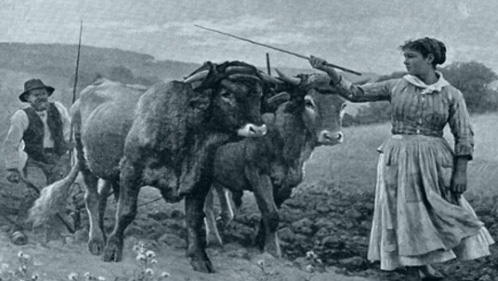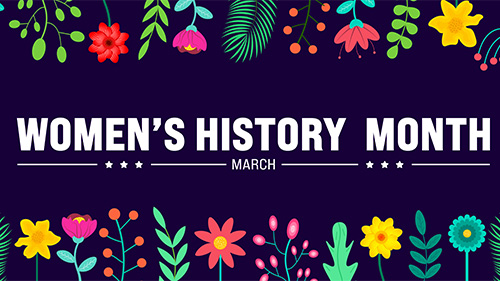Analyzing Historians' Perspectives on the Rwandan Genocide
The following lesson plan uses the historical thinking skills of comparative and cause and effect to analyze two historians' perspectives on the...
AP & Honors Mathematics
Explore Wiley titles to support both AP and Honors mathematics instruction.
Literacy Skills & Intensive Reading
Connections: Reading – Grades 6–12
Empower student success with a proven intensive reading program that develops strong reading skills in striving readers.
Drama, Speech & Debate
Basic Drama Projects 10th Edition
Build students’ confidence and competence with comprehensive, project-based theatre instruction.
Literature
Connections: Literature
Support learners as they study dynamic, relevant texts and bring the richness of diverse voices to students through literature.
Literature & Thought
Develop critical thinking, reading, and writing across literacy themes, genres, historical eras, and current events.
Language Arts
Vocabu-Lit® – Grades 6–12
Help students build word power using high-quality contemporary and classic literature, nonfiction, essays, and more.
Connections: Writing & Language
Help students develop grammar, usage, mechanics, vocabulary, spelling, and writing and editing skills.
Reading/English Language Arts
Measuring Up to the English Language Arts Standards
Incorporate standards-driven teaching strategies to complement your ELA curriculum.
English Language Learners
Measuring Up for English Language Learners
Incorporate research-based best practices for ELLs with an approach that includes a focus on language acquisition strategies.
Mathematics
Measuring Up to the Mathematics Standards
Incorporate standards-driven teaching strategies to complement your mathematics curriculum.
Foundations
Measuring Up Foundations
Help students master foundational math skills that are critical for students to find academic success.
Science
Measuring Up to the Next Generation Science Standards
Give students comprehensive NGSS coverage while targeting instruction and providing rigorous standards practice.
Assessment
Measuring Up Live
Deliver innovative assessment and practice technology designed to offer data-driven instructional support.
For a better website experience, please confirm you are in:

Gender and power are key themes in our world: both past and present. Women, especially, have been fighting for equality and power for generations. But where did this gender and power separation begin?
The attached lesson plan allows teachers and students to view primary and secondary sources surrounding the theme of gender and power in world history. The central theme implies that technology, in this case the invention of the plow, reduced the position of women in agricultural societies to a secondary role.
Key to the lesson (besides students digesting select sources) are two analytical essay questions (a document-based essay question and a long essay question) which are worded in current AP® World History language. The DBQ encourages students to think about historical examples in which women have exercised power and influence, while the LEQ addresses women’s loss of power due to the invention of the plow in settled agricultural societies.
The goal is that students leave this lesson with a deeper understanding of historical gender roles and how technological advancements affected them throughout history.
John Maunu is a College Board AP® World History: Modern consultant who teaches summer workshops nationally. He is a co-moderator of the College Board® APWH: Modern Teacher Community and a Digital Resources Editor for the World History Connected Online Journal. He was an AP® European and World History teacher for many years and is currently an online consultant for AP® World History: Modern in Michigan. John has also been a Senior Reviewer and item writer for many editions of the AP® World History: Modern coursebook by AMSCO® (2015, 2017, 2018, and 2020 editions).
Advanced Placement® is a trademark registered and/or owned by the College Board, which was not involved in the production of, and does not endorse, this product.

The following lesson plan uses the historical thinking skills of comparative and cause and effect to analyze two historians' perspectives on the...

The objective of Pride is to show just that, pride! If you’re a part of the queer community, you’re celebrated, and if you’re an ally, your job is to...

I know sometimes it can be a struggle to get kids excited about nonfiction. Even I find myself more drawn to the escapism of fiction. But our world...

In celebration of Women's History Month, explore this lesson with your students that gives them the opportunity to practice an important part of the...

Experienced AP World History teacher Dave Drzonek and AP World History Exam table leader Charlie Hart discuss what students did well and what they...

This lesson module can be used by regular or AP® World, U.S., or European History teachers to develop an understanding of how sport has been used as...

Cultural diffusion and cultural syncretism are two important concepts in the AP® World History curriculum. Because of its importance, I’ve developed...

Do you struggle with teaching over 800 years of content and building college-level skill proficiency to AP® World History students? Does teaching AP®...

With just one percent of students earning the complexity point on the 2021 AP® World History DBQ, is teaching it even worth it? John Maunu says,...

Get to know the author of our AP® United States Government & Politics textbook. David Wolfford answers our questions about how he maintains his love...

Over years of experience teaching an AP® course (in my case, AP® World History), I’ve been able to compile a list of “must do” tips and suggestions...

Join AP experts Brandon Abdon, Colin Baker, and Bob Topping to discover scaffolded approaches to teaching the APUSH, AP Euro, and AP World History...
